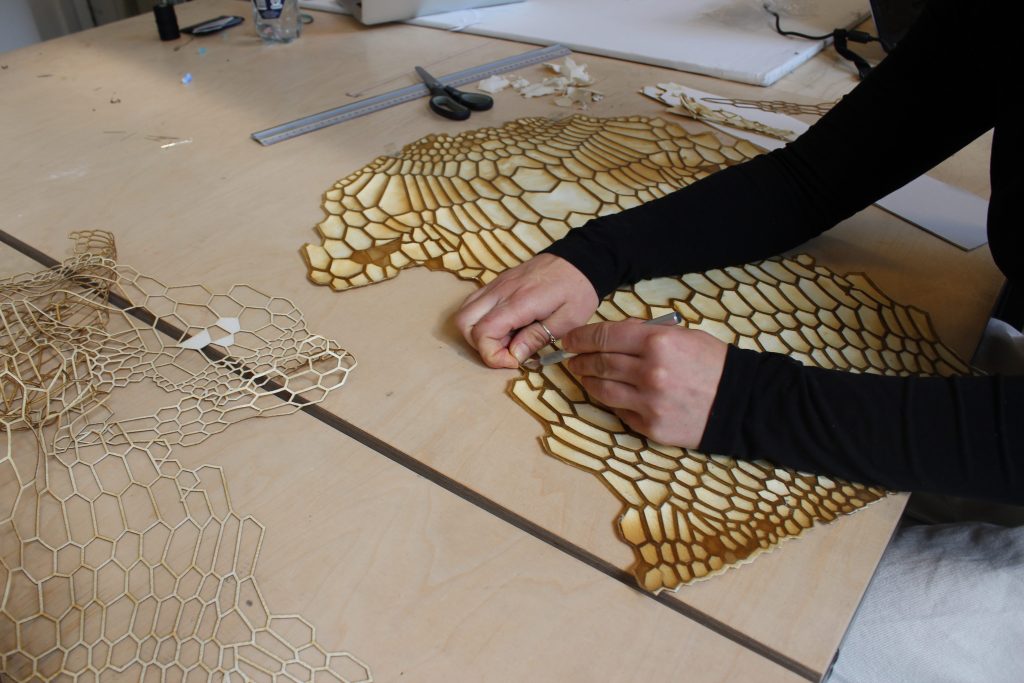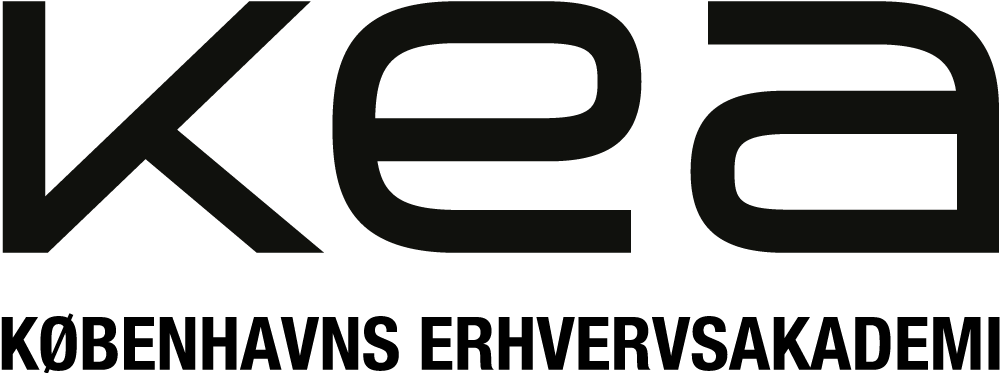
Over the last few decades most design educations have embraced digitalization and a more theoretical approach and largely steered away from previous craftsmanship-based approach to design and materials. This has opened up a new world of possibilities, but has also left designers with a lack of knowledge about materials.
Naturally a designer will never have the same deep understanding of materials as a materials engineer. However, the very limited material knowledge of most young designers effectively creates a barrier between the designer and the final product. A barrier that not only acts against the implementation of advanced materials, but also becomes a major obstacle in the creation of sustainable industrially produced products.
This Material Driven Design project focus on creating a design process that embraces the quantity and complexity of new materials and environmental challenges.
Contemplating that new knowledge about materials often emerges from fields not traditionally related to design it is necessary to rethink both didactic methods and physical installations.
Truly understanding materials and being capable of working with them creatively requires more than memorizing data and theory. Also, when the material is no longer a piece of wood, but has originated from the use of synthetic biology or has been grown utilizing bacteria.
Physically this way of working requires a space adapted to conduct hands-on material experiments in the triangle between art, natural science and technology, which is why the experiments of this project mainly takes place in the Material Design Lab – a space developed simultaneously with this research.
Didactically is requires methods that makes complex scientific knowledge understandable and usable in practice for design students.
This Material Driven Design project questions not just the way we teach materials, but the role of the material in the design process; experimenting with prioritizing matter over form with the expectation that this can lead to faster integration of new materials and more sustainable products.


